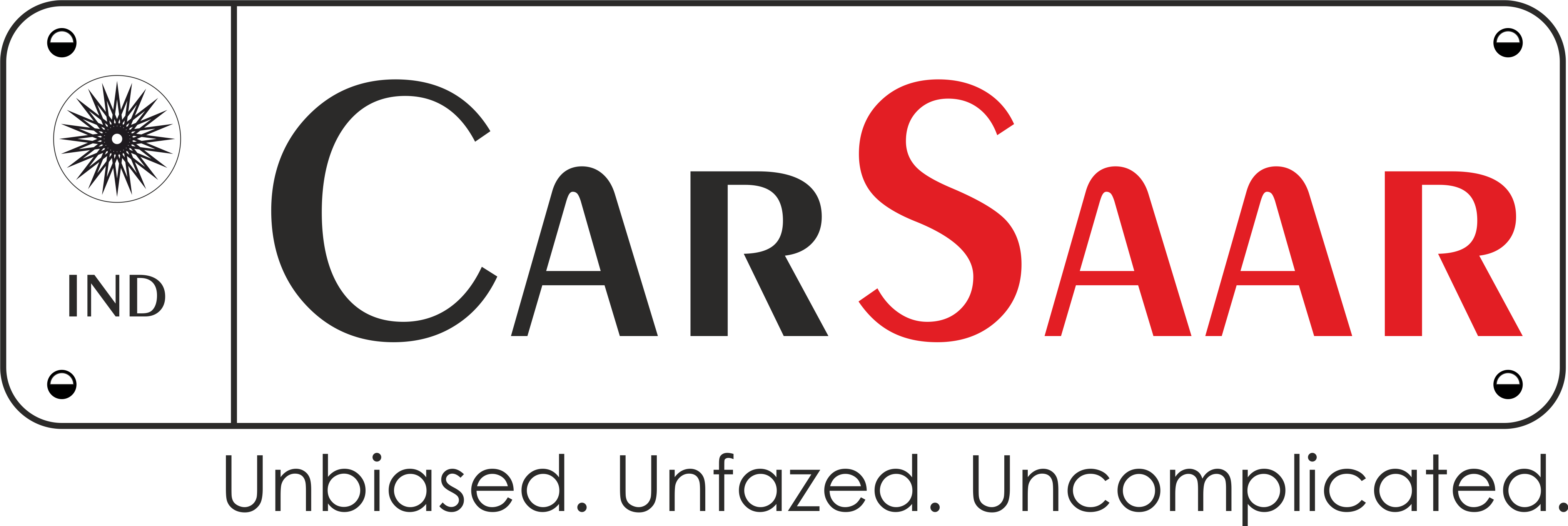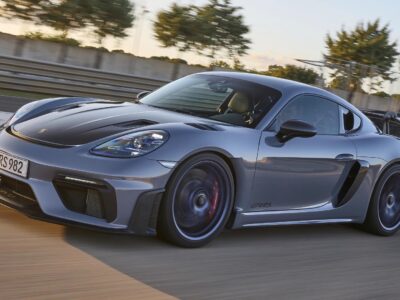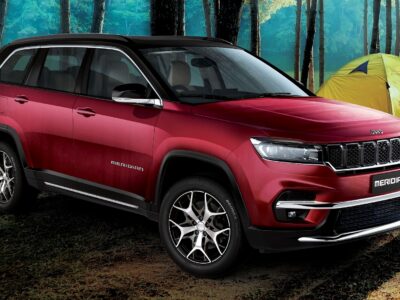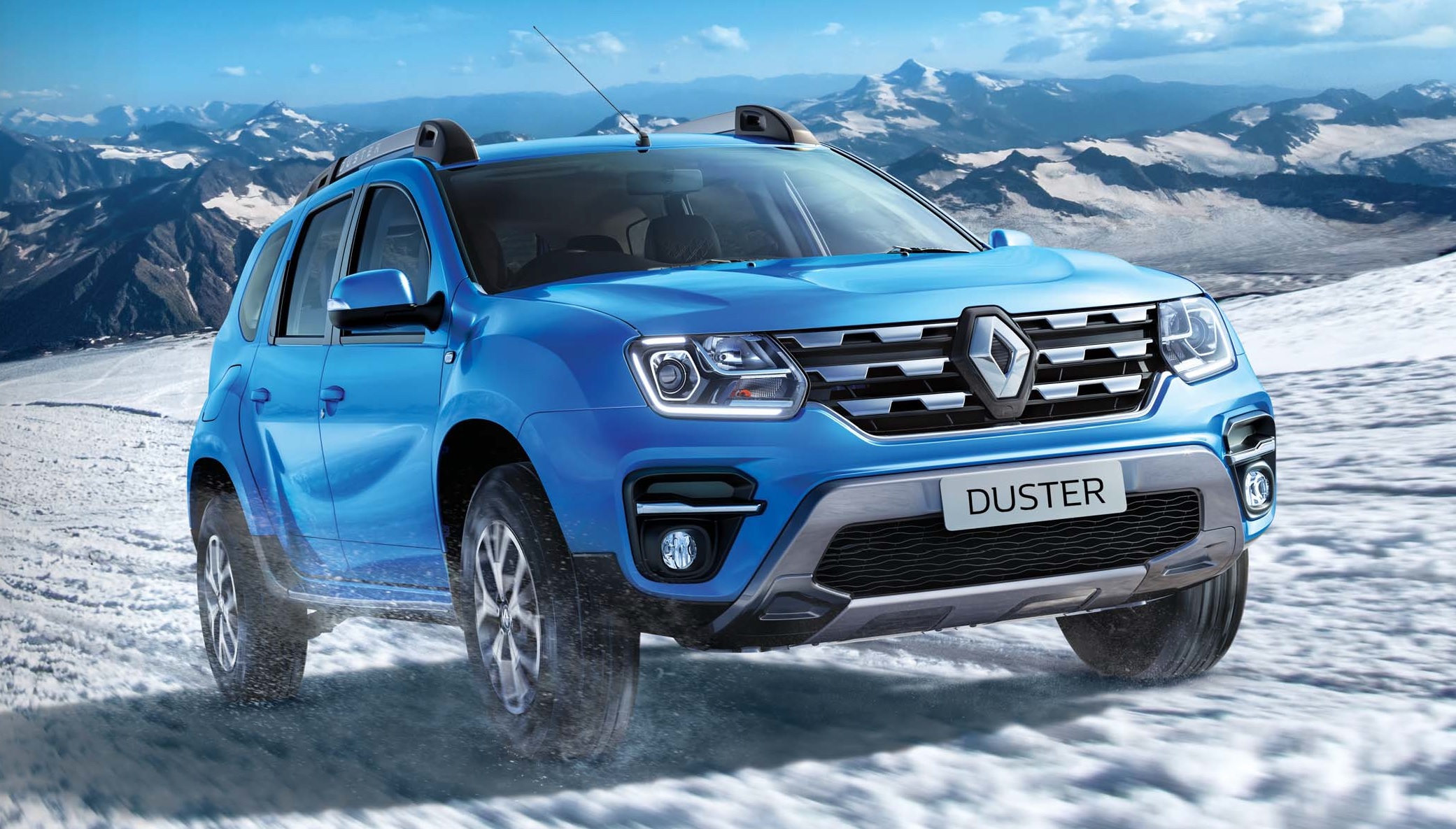Porsche has had a great first half of 2021. Between January and June, it sold 1,53,656 units worldwide. Yes, that’s how many Porsches were bought! And get this – that number is over 31 per cent more than what the brand clocked over the same period last year. Predictably, the SUVs led from the front. Surprisingly, however, the demand for the all-electric and noticeably expensive Taycan is astonishing.
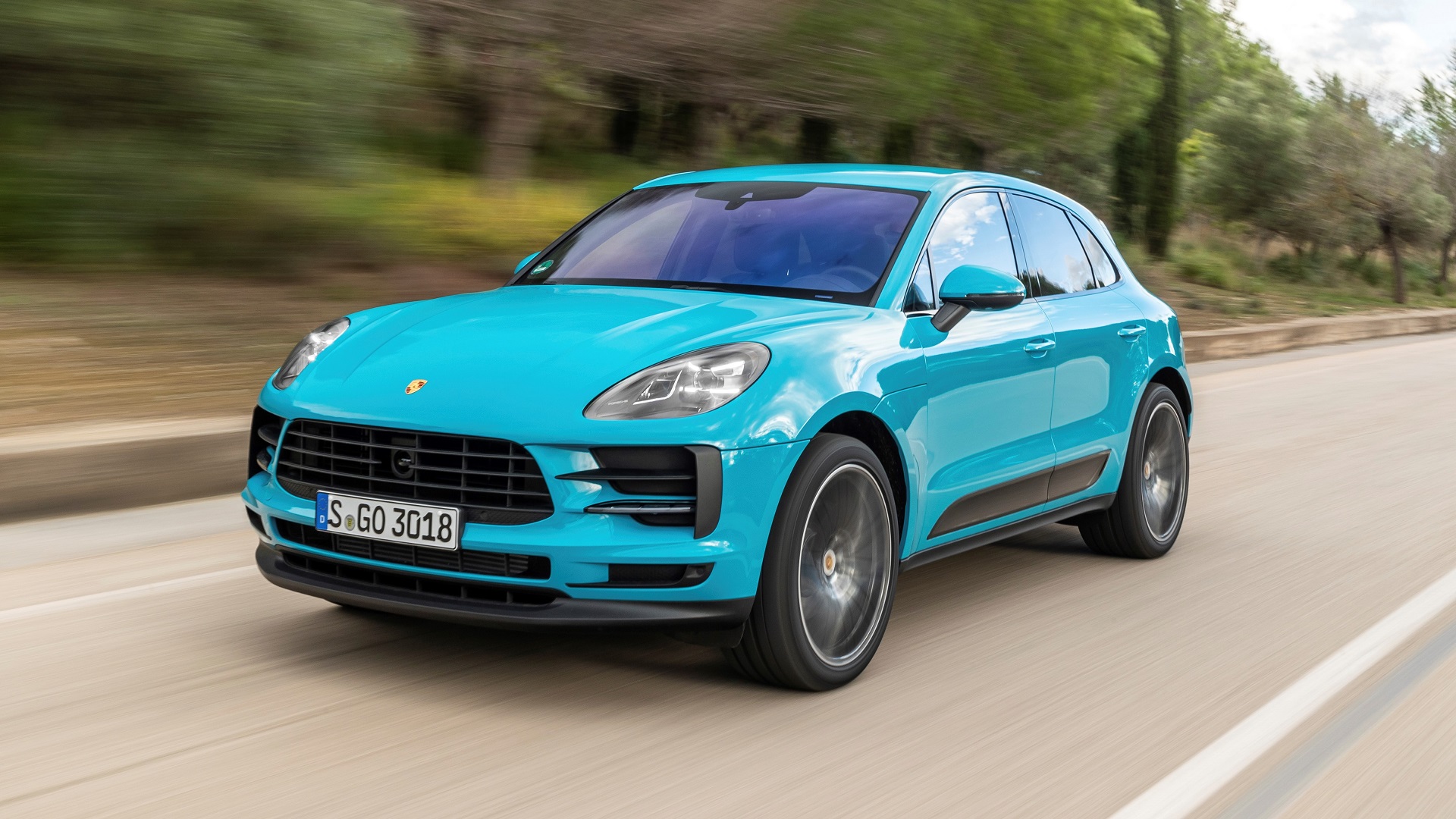
Let’s break out some numbers. With 44,050 sales, the Cayenne topped the chart, followed closely by Macan at 43,618 units. Compared to last year’s first-half performance, the Cayenne racked up 12 per cent more sales, whereas the Macan achieved a 27 per cent growth. Next in line was the 911 range, with 20,611 sales. As per Porsche, that’s an increase of 22 per cent from 2020. As for the 718 twins, the Boxster and the Cayman, their sales grew by 33 per cent, with 11,922 units delivered. The Panamera saw an increase of 6 per cent in sales as 13,633 specimens found takers.
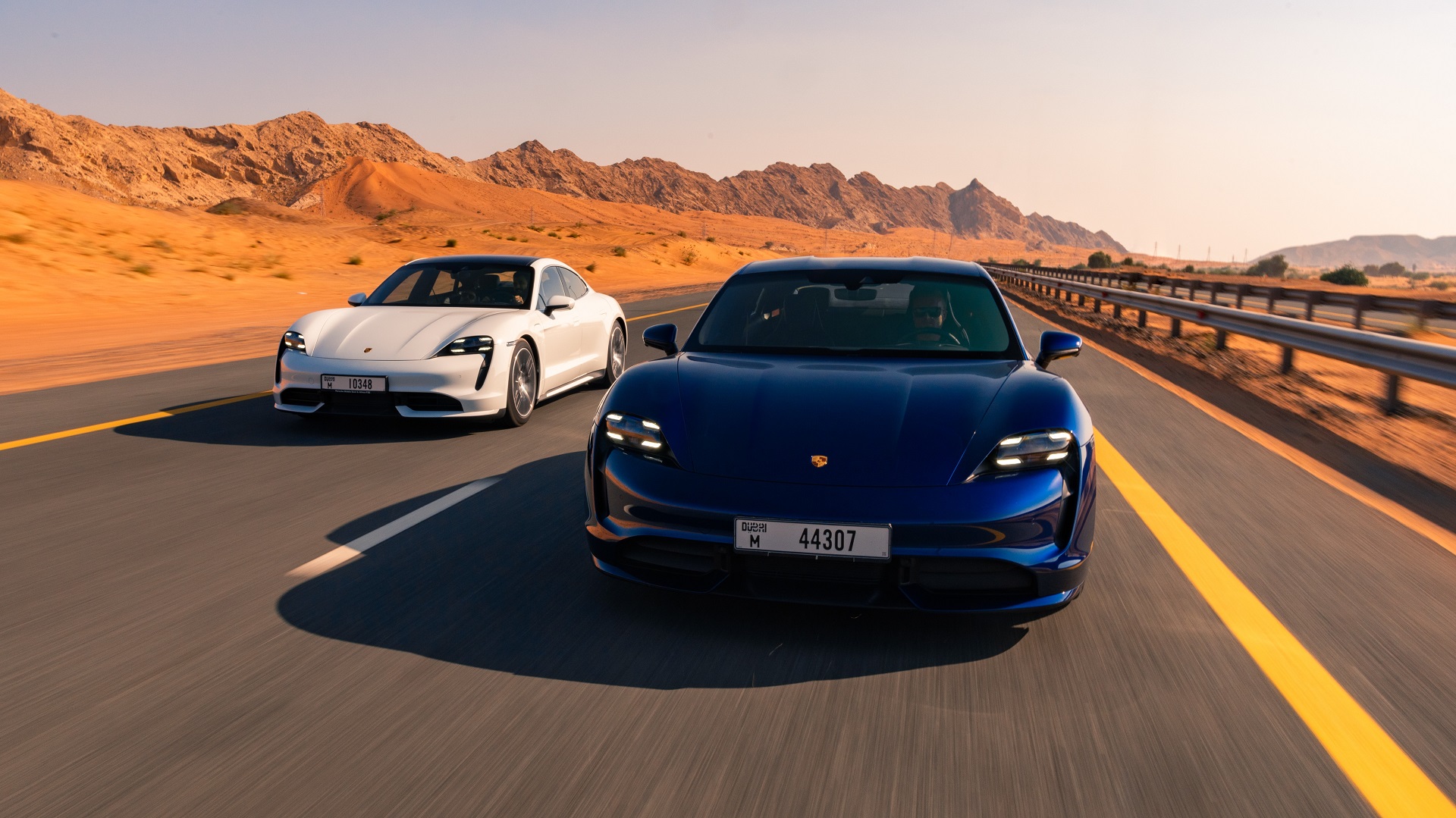
Anything missing? Oh yes, the Taycan! Porsche delivered 19,822 derivatives of the all-electric car in the first half of 2021. Now, that figure might not seem impressive. But, when you consider that it nearly as much as the Taycan managed in the whole of 2020, it is nothing short of remarkable.
Porsche’s performance in the Middle East and Africa FZE deserves special mention. With 3,804 units sold between January and June this year, equating to a 46 per cent increase over the same period from last year. In fact, H1 2021’s numbers for the region are the best for Porsche since 2016.
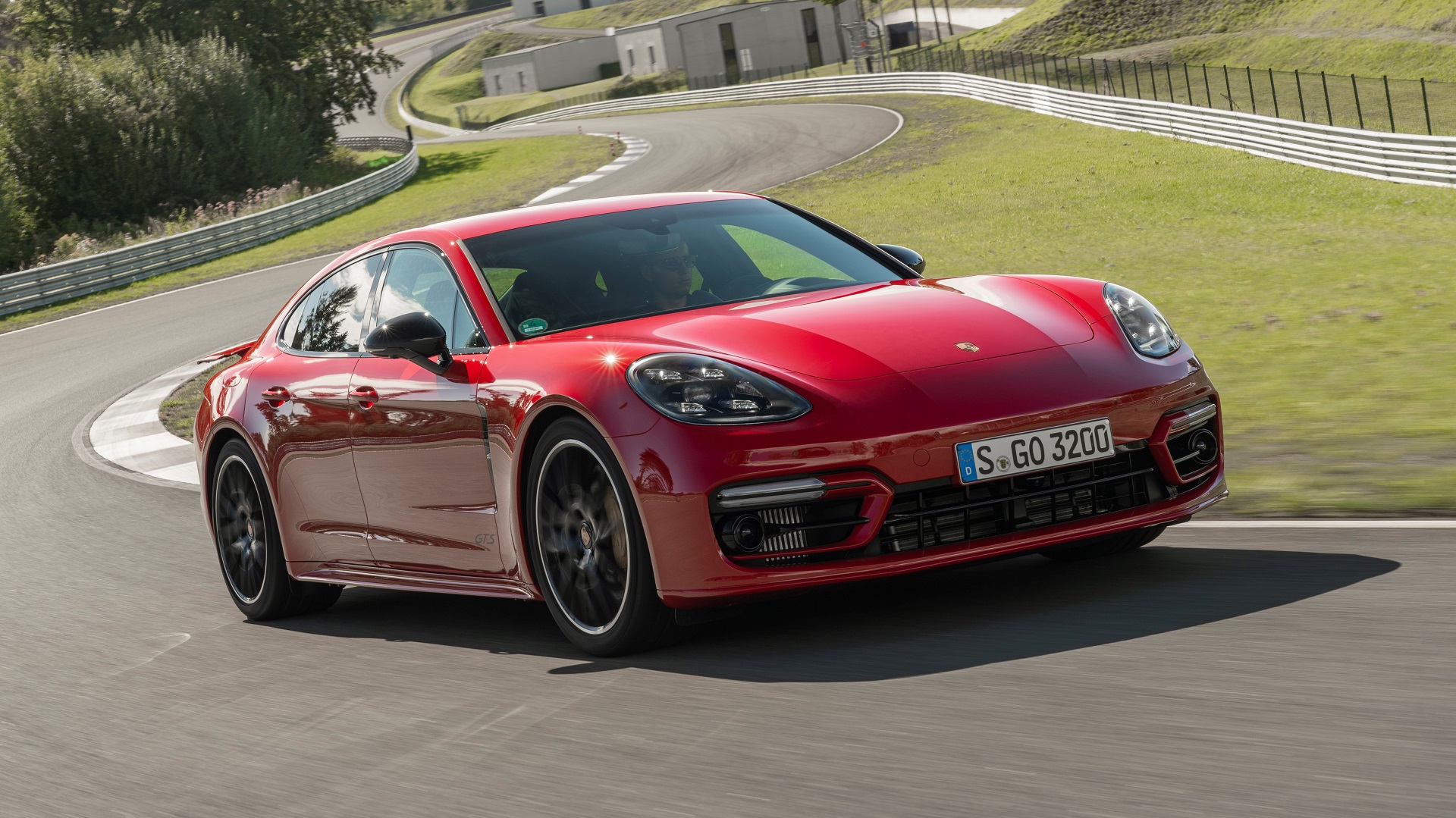
While considering 2021 sales alone, Porsche retailed the most units in Asia-Pacific, Africa and the Middle East. America came in a close second, followed by Europe in third. However, if you look at the growth curve, America grew by 51 per cent, while the other two regions mentioned above clocked 25 per cent growth.
Like all players in the industry, Porsche has set itself ambitious goals. One of them is to deliver 80 per cent of new vehicles with an electric motor by 2030. Alongside, it aims to have a CO2-neutral balance sheet across the entire value chain.

